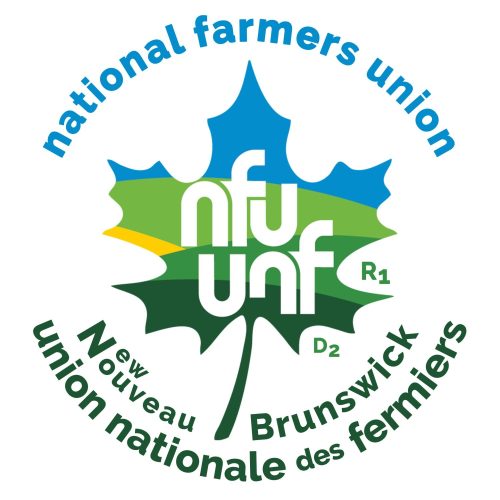Rehabilitation through farming – Commentary
Ted Wiggans, president, National Farmers Union in New Brunswick, has been farming for the past 30 years near Harvey Station and has 20 years’ experience working in Corrections in NB, SK, ON
Prison farms, created in the 1880’s, were initiated to produce food for institutions and to make sure inmates were subject to hard labour. Over time, prison farms evolved in to programs for training and rehabilitation. During the late 1950’s and 60’s these operations became farm annexes and in 1974 the Dorchester Farm Annex became the Westmorland Institution. At the provincial level, the now closed New Brunswick Central Reformatory also operated a farm program.
On February 23, 2009, the Canadian government announced the closure of six penitentiary farms, including the one in Dorchester, NB. When these programs were dismantled, it was argued that they did not provide the skills inmates required to succeed upon release from prison. Inmates in these agricultural programs learned skills such as caring for plants, pest management, farm machinery operation and maintenance, animal husbandry, milking, meat processing and team work. These skills are not only applicable to agriculture but are directly transferable to many other lines of work.
Having worked for over 20 years in corrections I know that prisons are hard places. Those entering them often have social and emotional deficits which are difficult to address in such a setting. Caring, compassion and respect for oneself and others is difficult to realize in a penal setting. Working with plants and animals can bring out the hidden virtues in people such as patience, perseverance, commitment and compassion. These qualities are required for success in both the work place and life in general.
Prison farms made important contributions to their local communities. Agricultural infrastructure, which is rapidly eroding, benefited from these operations. Farm supply businesses, equipment dealers and repair shops were supported by prison farms which contributed to their ongoing viability in their communities. For example, the Pittsburgh Correctional Institution operated an abattoir that processed animals for 300 farms in the Kingston area. Some prison farms also contributed to local food banks.
Do prison farms have a future? If the Canadian government is serious about current catch phrases such as local food, food security and rehabilitation then the answer is obvious. Prison farms contribute to the local food and food security of their surrounding communities through support of farm infrastructure and assistance to local food banks. Upon release, inmates who have achieved farm skills represent a human resource badly needed by the agriculture industry.
The primary focus of prison farms should continue to be the rehabilitation of inmates. The provision of meaningful work contributes to a positive atmosphere in correctional facilities. If plants and animals, fresh air and challenging work can address the social and emotional needs of inmates, then the investment by the Correctional Service of Canada is warranted.
The public response to the decision to shut down prison farms can be explained in part by Andrew McCaan’s statement on the “Deconstructing Dinner” radio series entitled “The Future of Prison Farms”. “…it shines a light on the general short-sightedness of the Canadian government’s policies on agriculture and food”. It also shines a light on the short-sightedness of the government’s approach to correctional rehabilitation. We hope to see the Westmorland Institution, and the other five prison farms across the country opened once again.





